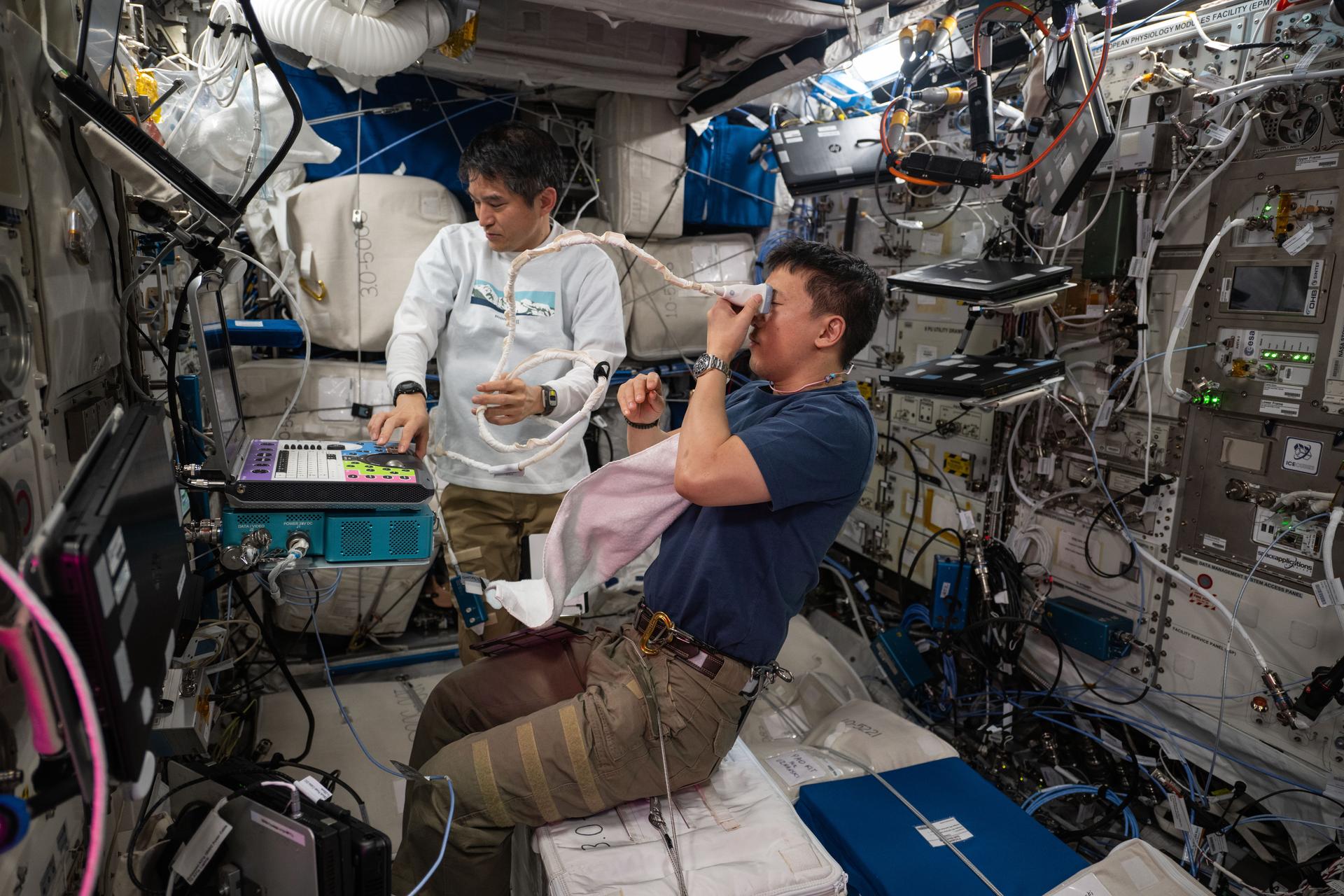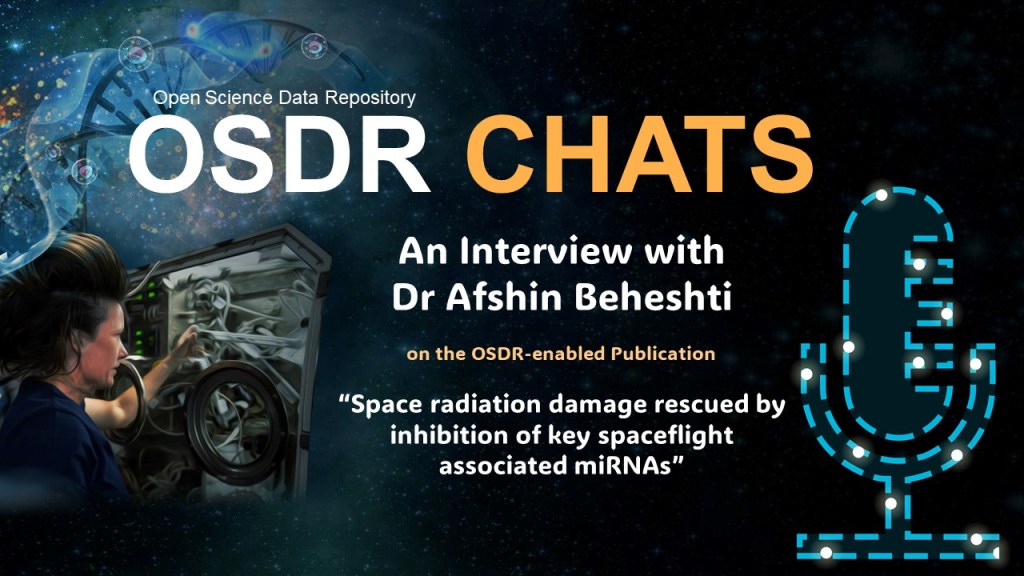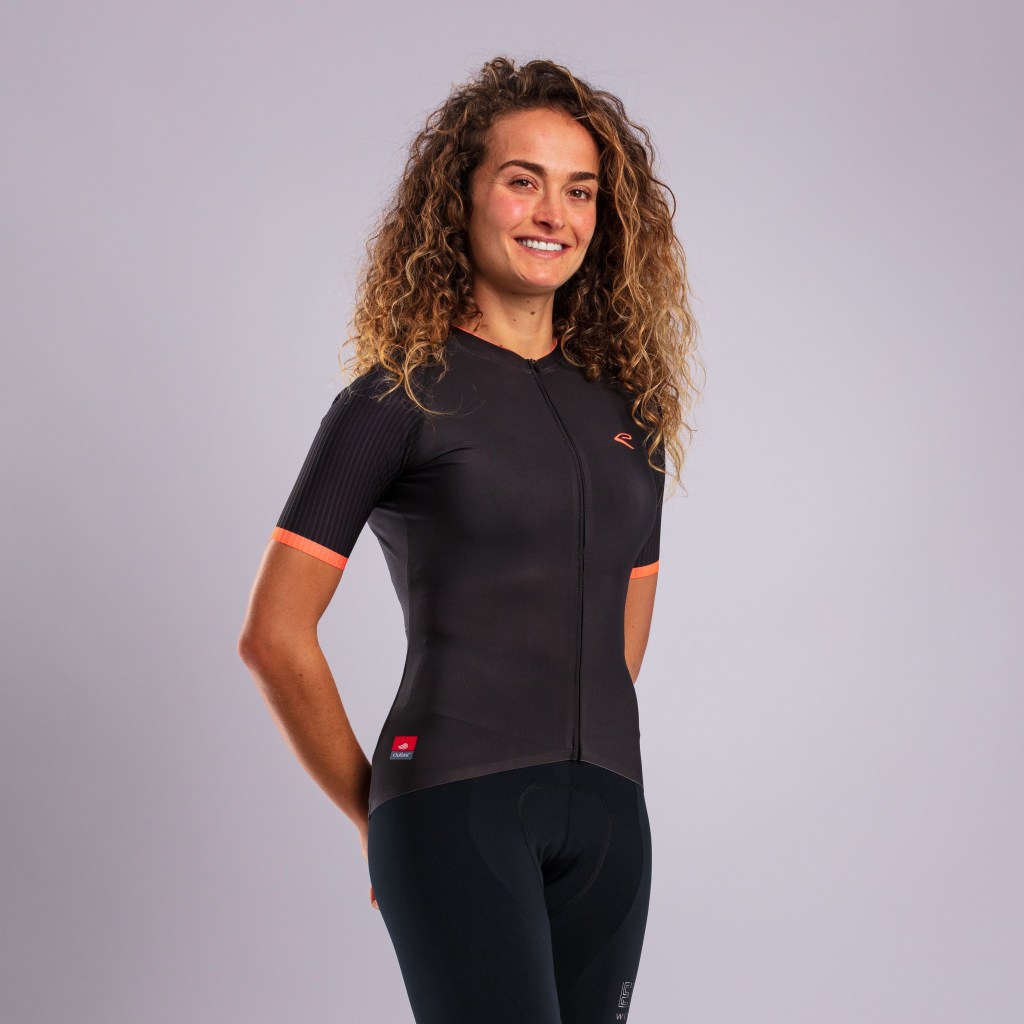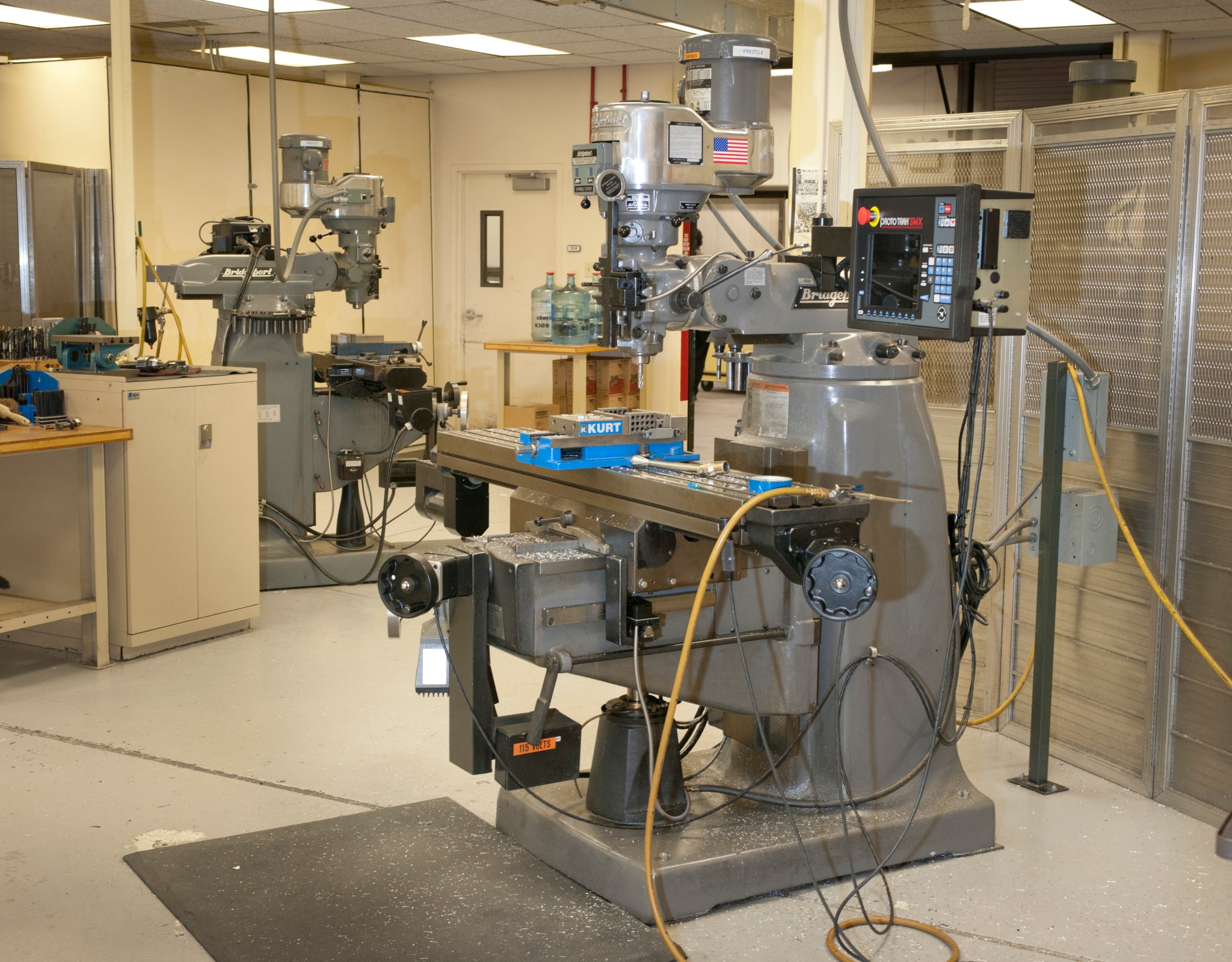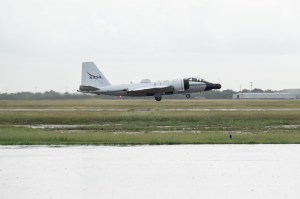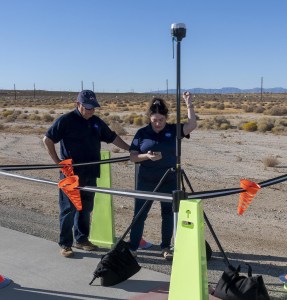The official title of each Machine Shop member is Aerospace Engineering Technician, but the description belies their real role. They are specialized engineering technicians who provide Armstrong with a complete aircraft modification capability by producing hardware…one-of-a-kind machined parts…that help modify an aircraft to carry out a specific research role. This capability is critical because modification work rarely uses components “off the shelf.” Most are custom made for specific research projects.
The items made in the Machine Shop run the gamut, from tiny micro switch mechanisms to hefty pylons that carry research vehicles and test articles beneath the wing of the (now retired) NASA’s B-52 carrier aircraft, and all parts in between like air data probes, custom aircraft load-bearing members, jet engine mounts, and more.
Shop Specialists
The capability of the Armstrong Machine Shop is unique, compared to most industrial shops of its size. All eight of the shop specialists are experts at operating every one of the 40 machines on hand, from common bench grinders to the large computerized milling machines and lathes, to include inspection abilities. The specialists work with engineers in designing the product and assessing potential manufacturing issues, and can make any item that the machines are capable of producing.
Machine Shop tasks arrive in the form of a standard work request, normally originated by a design engineer or Ops engineer and coordinated through the maintenance branch. Working from simple descriptions or sketches, engineering drawings, all the way up to blueprints, and Computer Aided Design (CAD) models accompanying the work request, personnel in the Machine Shop remain with the part until it is completed and can be handed over to the customer.
While the largest percentage of the work performed in the Machine Shop supports the Aircraft Maintenance and Modification Branch, other organizations at Armstrong also utilize its talent when unique parts for vehicles, facilities maintenance, support equipment, or utility systems are needed.
Machines and Materials
The machinists work with many types of materials. Most of it is aluminum, the basic metal used in aircraft structures and available in a variety of alloys based on strength. Other materials commonly used in aircraft modification work are titanium, another lightweight metal but one that resists heat; stainless steel; and chromium-molybdenum steel.
The largest milling machine in the facility can handle a piece of steel or aluminum that is 64 inches long, 32 inches wide, and 30 inches thick.
One of the most interesting machines in the shop is the Electrical Discharge Machine (EDM). It looks like a massive bandsaw. Instead of a saw blade, the computerized machine uses a .010 brass wire carrying an electrical current to cut any material that will conduct electricity. The electrical discharge burns the metal to make a smooth clean cut while the computerized machine guides the wire automatically, without the aid of a human operator. Other new equipment includes the Water Jet and a five-axis router.
Unique Projects
Products coming out of the Armstrong Machine Shop, over a period of time, have supported every aircraft flown at the Center.
The largest pieces of machined steel produced by the Armstrong shop were used on the Convair (CV)-990 Landing Systems Research Aircraft, a former jetliner used to test Space Shuttle tires. The assembled pieces were installed in the belly of the CV-990 and became a massive support structure that held a landing gear retraction system. The structure was engineered and built to withstand up to 200,000 pounds of pressure to simulate Space Shuttle landing loads. The CV-990 project was the largest aircraft modification job performed at Armstrong. Its success led to broader landing capabilities for Space Shuttles at the Kennedy Space Center in Florida.
A highly modified F-18 called the High Alpha Research Vehicle (HARV) was flown at Armstrong with thrust-vectored engine exhaust to help achieve sustained high angles of attack (alpha) while engineers studied the flow of air over the aircraft at the high pitch angles. The Armstrong Machine Shop created the functional model of the thrust vectoring exhaust nozzles. The nozzles were mounted on a non-flying F-18 dubbed the “Iron Bird” that was used to test and validate engineering software ultimately used in the HARV.
Machine Shop personnel were also involved with the NASA F-16XL laminar flow research aircraft. The aircraft’s highly modified left wing carried a large titanium panel designed to create smoother air flow over the wing’s upper surface to enhance performance. The project is being carried out by NASA to see if similar laminar flow devices would be feasible on future commercial transports to help lower operating costs. To support the big titanium panel and added hardware inside the wing, components to strengthen wing ribs and spars were made by the Machine Shop.
When the X-29 forward swept wing research aircraft was flown to study high angle of attack flight characteristics, smoke was released from tiny orifices around the nose of the aircraft to plot the flow of air. The smoke generator was fabricated in the Machine Shop.
More recently the Armstrong Machine Shop has been instrumental in the modification of the two Global Hawk platforms. The manufacturing of complex parts and extensive alterations has created a unique one of a kind high-altitude, long-endurance science aircraft ready for atmospheric chemistry studies.
Another major fabrication and modification effort is NASA’s G-III Adaptive Compliant Trailing Edge (ACTE) project. It modifies a G-III business jet to accept a shape changing flap to determine if advanced flexible trailing-edge wing flaps can both improve aircraft aerodynamic efficiency and reduce airport-area noise generated during takeoffs and landings.
Other notable projects supported by the Armstrong Machine Shop are X-38, Hyper-X (X-43), Orion, and SOFIA.
Experience
Personnel working in machine shops can receive their training and experience from a variety of sources – military service, trade schools, industrial schooling, and on-the-job training at commercial machine shops.
NASA’s machinists of today need to have skills far beyond an understanding of the machine tools they operate on a daily basis. They must be knowledgeable in all types of metals and other materials common to aircraft construction and be skilled in mathematics (to include trigonometry) and basic mechanical and aeronautical engineering abilities as well. Aerospace Engineering Technicians must also be skilled in the use of Computer Aided Design (CAD) and Computer Aided Manufacturing (CAM) systems that put this information into a language that a Computer Numerical Control (CNC) machine tool understands, then set up and manufacture the parts.
An Aerospace Engineering Technician is able to take an idea and transform it into a functional system or part. This involves analyzing a problem or situation and offering possible solutions to problems and coming up with a workable conclusion.
Equipment
CNC Milling Centers
Haas VF6 vertical
Haas VF5 vertical
Haas VF2 vertical
Haas ES6 w/A Axis Horizontal
CNC Lathes
Southwestern ProtoTrak SLX Hollow Spindle
Haas ST20
Mills
Bridgeport Series II
Bridgeport Series II Special (2ea) w/ProtoTrak SMX retrofits
Bridgeport Series I (3ea) w/ ProtoTrak SMX or AGE 2 retrofits
Cincinnati No. 5 Horizontal Milling Machine w/TRAK 103 DRO
Lathes
Hardinge HLV-H (2ea)
Hardinge Turret Lathe
Lodge & Shipley Power Turn
American Pacemaker
EDM
Mitsubishi DWC110HA (wire machine)
ELOX HRP 63 w/ASTRA 50S controller (Sinker)
Jig Bore
Dixi 60 Horizontal Jig Bore Machine w TRAK 103 DRO
Saws
Marvel Series 8-Mark-II
Do All Band Saw-Model V-36
Grinders
Gallmeyer & Livingston No. 55 Surface Grinder
Monaset-Model CM-2 Eisen
Pedestal Grinders (6) various
Burr King (6) various
Hone
Sunnen-Model MBB 1600
Press
Hannifin-Model PP-1 D4-1
Greenerd-Model 3F-R
KRW-Model 37-0
Inspection Equipment
Mitutoyo Bright M-507 CMM
Wilson Rockwell Serries 500 Model B525-R Hardness Tester
J&L-Model EPIC 14 Comparator
Height Gages (6)
Outside Micrometers to 30”
Vernier Calipers to 48” Gage Pins from .011 to 1.0
Gage Blocks
Angle Blocks
Thread gages (Plug & Ring)
Multiple Instruments
ProE (6 seats)







